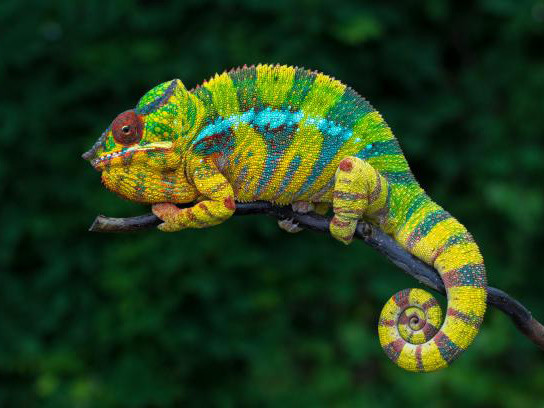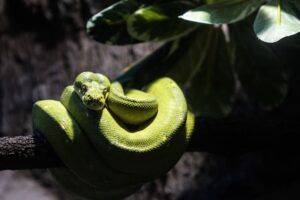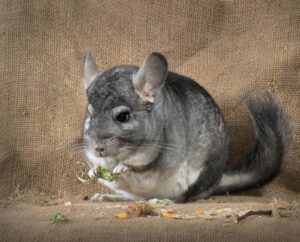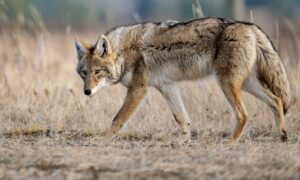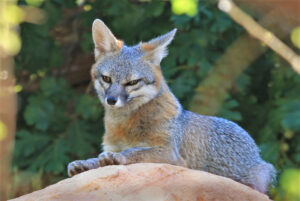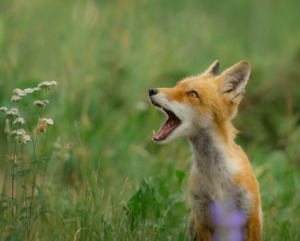Table of Contents
ToggleIntroduction
The chameleon is a fascinating and unique reptile known for its remarkable ability to change color and blend into its surroundings. With more than 200 species distributed across Africa, Madagascar, southern Europe, and some parts of Asia, the chameleon is a diverse and adaptable creature that has captured the curiosity of scientists, nature enthusiasts, and artists alike.
Taxonomy And Distribution
Classification of Chameleons within the Reptile Family
Chameleons belong to the family Chamaeleonidae, which is a diverse group of reptiles classified under the order Squamata. This order also includes lizards and snakes.
- Order: Squamata
- Family: Chamaeleonidae
- Subfamilies: Chamaeleoninae (true chameleons) and Brookesiinae (leaf chameleons)
- Genera: Chamaeleo, Brookesia, Furcifer, Calumma, and more
Geographical Distribution and Habitats
Chameleons are found in diverse regions worldwide, primarily in Africa, Madagascar, some parts of Europe, and certain areas of Asia. Their distribution is often closely tied to specific habitats and environmental conditions.
Africa
- Chameleons are particularly abundant in sub-Saharan Africa.
- Various species occur in habitats ranging from savannas and grasslands to rainforests and deserts.
Madagascar
- Due to its isolation, Madagascar, an island nation, boasts a remarkable diversity of chameleon species.
- Chameleons have adapted to various microclimates and ecosystems within the island, including rainforests, dry forests, and coastal areas.
Europe
The European chameleon (Chamaeleo chamaeleon) is a notable species in regions such as Spain, Portugal, and Greece.
Asia
- Chameleons are present in parts of Asia, particularly in regions with suitable climates.
- Species like the Indian chameleon (Chamaeleo) are in India and Sri Lanka.
Habitats
- Chameleons exhibit a range of habitat preferences based on their species.
- Many are arboreal, inhabiting trees and shrubs in forested regions.
- Others may dwell in grasslands, scrublands, or even semi-arid environments.
- Their chosen habitats often influence their physical adaptations and color-changing abilities.
- Chameleons’ distribution and habitat preferences reflect their adaptability to various ecological niches. Their diverse range of environments highlights their role in different ecosystems and underscores the importance of understanding their interactions with other species and their environment.
Physical Characteristics
Distinctive Features Of Chameleons
Chameleons possess several unique physical traits that set them apart from other reptiles:
Independently Mobile Eyes
- The eyes of a chameleon can move separately from one another.
- Each eye can rotate almost 180 degrees in all directions, providing a vast field of view without moving the heads.
Prehensile Tail
- Chameleons have long, muscular tails that are prehensile and adapted for grasping and holding onto objects.
- The tail aids in balance, gripping branches, and navigating through their arboreal habitats.
Specialized Feet
- Chameleons possess specialized feet with distinctive toe arrangements that aid their arboreal lifestyle.
- Their toes vary widely into two groups: one with two toes and another with three toes. This arrangement enables them to grip branches securely, much like tongs.
Eye Structure And Function
180-Degree Rotation
- Chameleons have a unique eye structure that allows them to rotate their eyes nearly 180 degrees.
- This ability enables them to observe their surroundings without moving their bodies, making them highly effective at spotting potential threats and prey.
Panoramic View
- Due to their independently mobile eyes, chameleons have a panoramic view that covers a wide area around them.
- This panoramic vision is instrumental in their tree-dwelling habitats, where they must monitor their environment for predators and prey.
Binocular Vision
- While their eyes can move independently, chameleons also can focus both eyes on a single object, providing binocular vision.
- Binocular vision helps them accurately judge distances and track moving targets, which is crucial for hunting insects.
Prehensile Tail And Its Role
Balance and Locomotion
- The prehensile tail of chameleons plays a vital role in maintaining balance as they navigate through trees and bushes.
- It acts as an extra limb, aiding them in gripping surfaces and preventing falls while they move.
Specialized Feet for Gripping and Arboreal Lifestyle
Toe Arrangement
- Chameleons have a unique toe arrangement: they have two toes on one side of their feet and three toes on the other.
- This arrangement provides a firm grip on branches and allows them to hold onto surfaces precisely.
Adaptation for Climbing
- Chameleons’ specialized feet are well-adapted for climbing and clinging to various surfaces.
- This adaptation helps them move effortlessly through their arboreal habitats, where they spend most of their time.
- These physical features equip chameleons with an arboreal lifestyle, enabling them to navigate their environment, spot predators and prey, and maintain stability while moving through trees and shrubs.
Color Change Mechanism
Camouflage
- Contrary to popular belief, chameleons do not ideally change color to match their surroundings like in a human-made camouflage pattern.
- Their color change is not solely for camouflage, although it can help them blend into their environment to some extent.
Communication
- Chameleons use color change as a means of communication with other chameleons.
- It can convey mood, aggression, submission, and mating readiness to conspecifics.
Thermoregulation
- Color change also plays a role in regulating the chameleon’s body temperature.
- Darker colors absorb more heat, helping the chameleon warm up, while lighter colors reflect sunlight and assist in cooling down.
Conservation And Threats
Habitat Loss and Deforestation
Chameleons are highly adapted to specific habitats, often found in forests, woodlands, and shrublands. Habitat loss due to deforestation and urbanization can lead to the fragmentation and destruction of their homes. It directly impacts chameleon populations by reducing their numbers by, reducing available resources, nesting sites, and safe spaces.
Illegal Pet Trade
Chameleons are in high demand in the exotic pet trade because of their attractive appearance. The need for these creatures can lead to overcollection, particularly in regions with rich chameleon diversity. Overcollection can threaten certain species’ survival and disrupt local ecosystems. Many chameleons struggle to adapt to captive conditions, and illegal trade can contribute to population declines in the wild.
Vulnerable Species and Conservation Efforts
Numerous chameleon species appear on a list as vulnerable or critically endangered. Preserving the diversity of chameleon species is vital for their survival and the health of the ecosystems they inhabit. Chameleons dominate pest control, seed dispersal, and overall ecosystem balance. Conservation efforts involve habitat protection, the establishment of protected areas, and species-specific initiatives to reverse population declines.
Role of Research and Education
Research on chameleon biology, behavior, and habitat requirements is essential for creating effective conservation strategies. Understanding their reproductive habits, migratory patterns, and responses to environmental changes aids in crafting informed protection plans. Education about the importance of chameleons in their ecosystems, their vulnerability, and the consequences of habitat destruction and illegal trade is crucial in garnering public support and participation in conservation initiatives.
Conclusion
Chameleons stand as intriguing and unique inhabitants of our natural world, showcasing remarkable adaptations and behaviors that have captured the fascination of both scientists and enthusiasts alike. Yet, their very existence is at a crossroads, facing many challenges threatening their survival.
Habitat loss and deforestation cast a shadow over chameleon populations, eroding the landscapes they have evolved to thrive in. The allure of the illegal pet trade further compounds these difficulties, leading to the depletion of their numbers in the wild and disrupting the intricate balance of ecosystems they contribute to.
